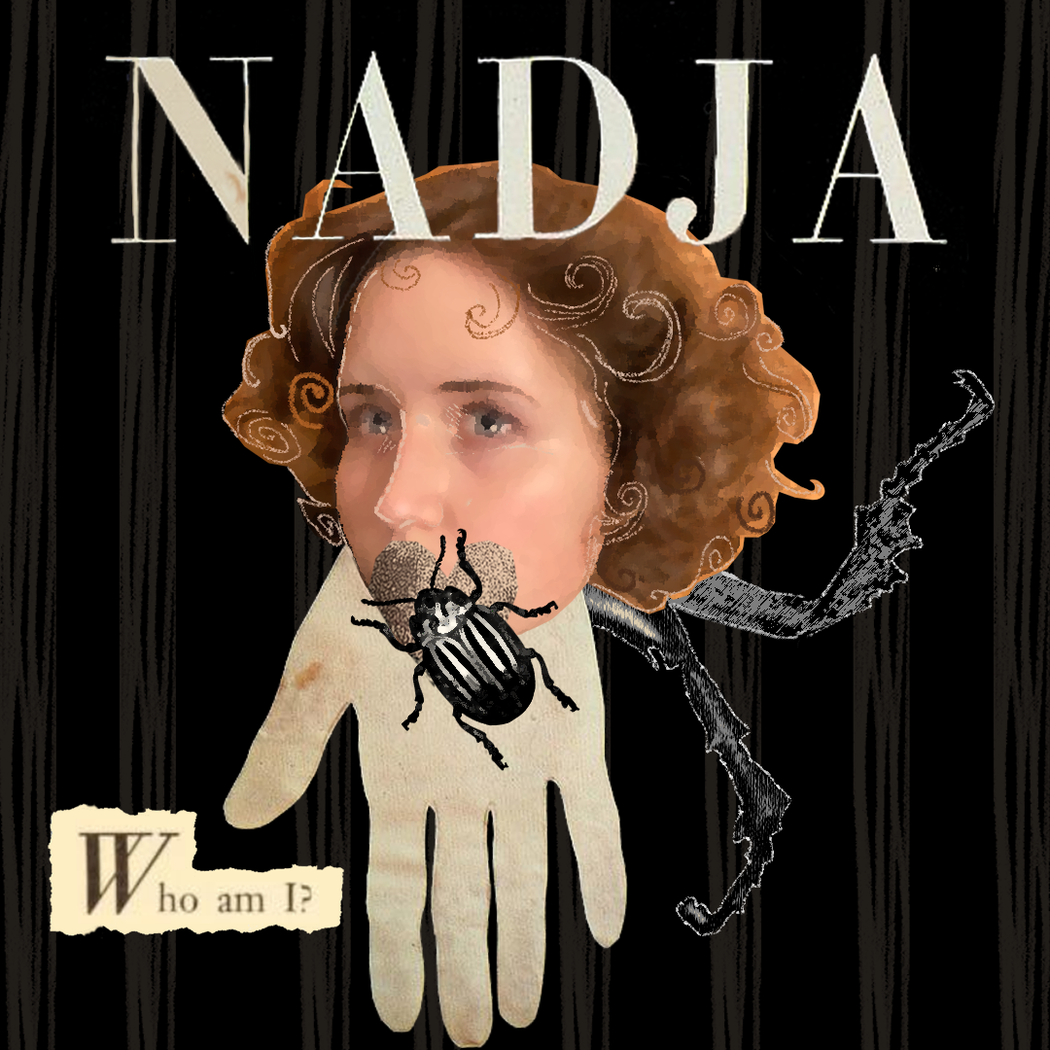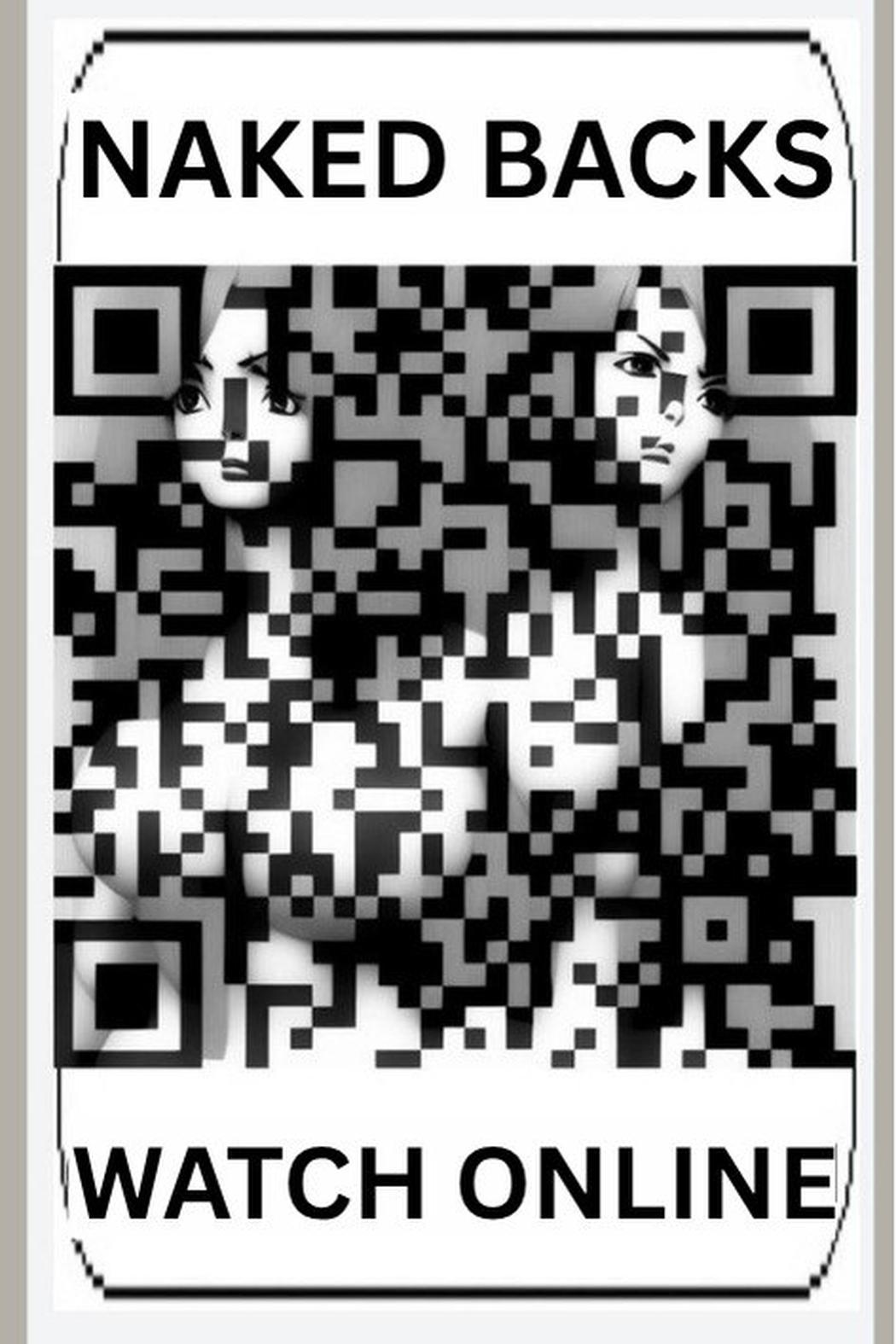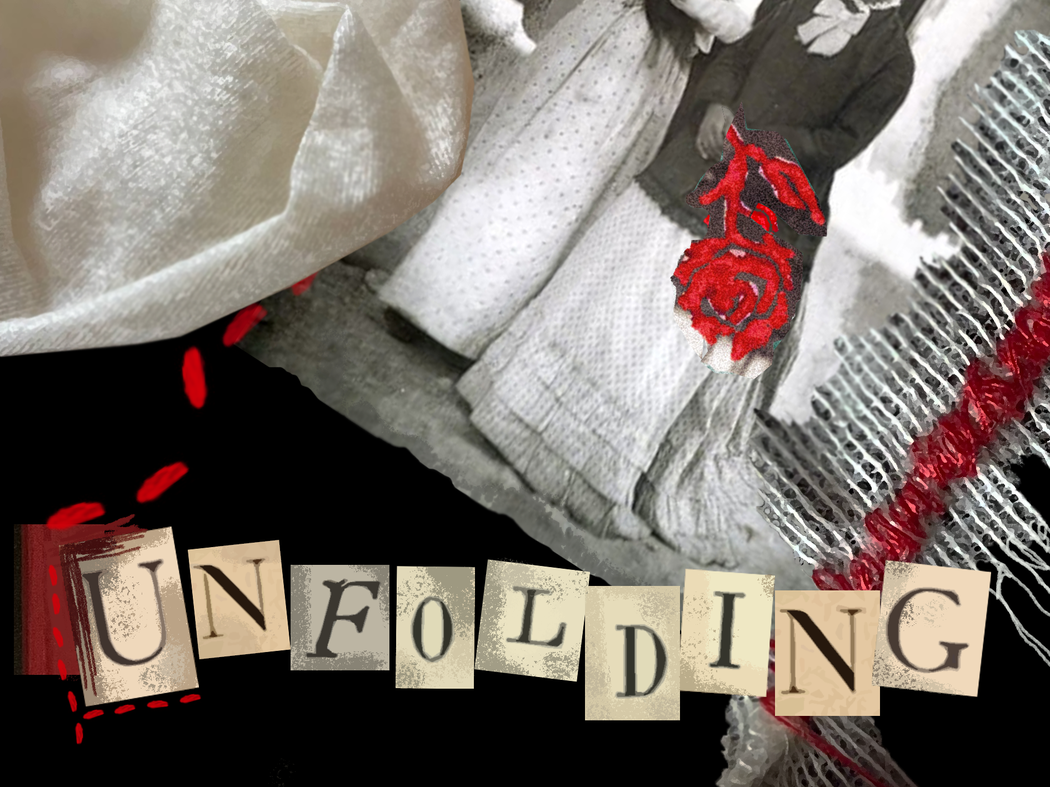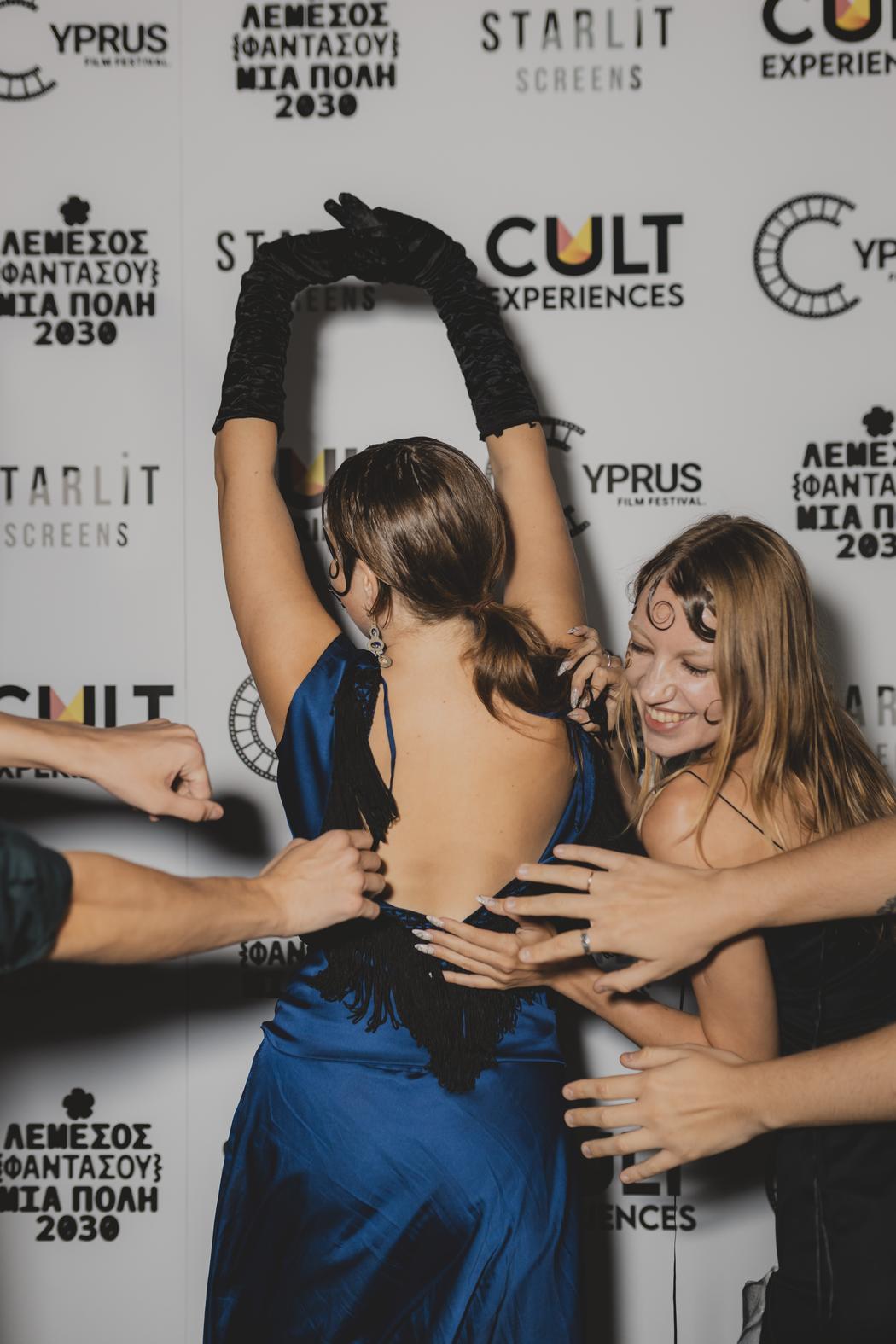Nadja Elpida Murze
Describe your art in three words: Fragmented · Poetic · Experimental
Your discipline: Filmmaking

Your film ‘Wanna Talk?’ challenges traditional viewing by using QR codes in places like toilets and galleries. It invites audiences to experience cinema “in the wild.” What sparked the idea of taking film out of the traditional screening space and into everyday environments?
Mischief.
The exact word that my co-director, Anastasia Shirmanova, used to describe this, and I couldn’t agree more.
This year, I’ve been reading a book called “Film unseen, elements of a latent cinema”, where the history of cinema is described as an iceberg.
An iceberg with a strong sense of hierarchy, where only 10-20% of films are produced and actually screened to a large audience.
It’s manifested in bold statements like:
TOP 10 FILMS YOU MUST-WATCH BEFORE YOU DIE.
THIS DIRECTOR IS THE FATHER OF…
THIS DIRECTOR CREATED THE ULTIMATE…
But… What about the remaining 80-90% of films? Are they even films to begin with?
Well, they are certainly “under the sea”. Dwindling under the “personality cult” of famous filmmakers with resources, and a very rigid idea of what a film should be to sell it.
Something that does not help, is the carefully mass-produced identity of the so-called “cinephile”. The one who watches every film of this very “niche” filmmaker called… [insert any name of a famous film director with a sense of style]…
In reading the book, I’ve learned to cultivate a new understanding of “what is film?”… which didn’t involve conventional narratives or the cliche statement “your story hasn’t been told”.
This new understanding led to questions like: How can I create films differently? How can I consume them differently? How can I show them differently?
As in every genre, there comes a point, when there is a need for change.
A need to warm up these rigid structures of the iceberg.
A need to focus on the audience, instead of the creators.
A need for mischief.
For me, leaving the film “in the wild” for the viewer to stumble upon is the perfect act of mischief. It allows me to stray away from the consumerist nature of the film industry today.
 Nadja Elpida Murze | Qr Wanna Talk
Nadja Elpida Murze | Qr Wanna Talk
Your work often engages with orientalism and linguistics. In what ways do these themes manifest visually or conceptually in “Wanna Talk?”
Before we go any further, I highly encourage the “reader” to transform into the “viewer” and watch the film for themselves. It’s about 2 minutes long (or short,if you will)
It WON’T take up much of your time, but it WILL allow you to shape your own image of these themes, without me forcing my interpretation.
Here, I will only reveal some of my favourite imaginations on the themes.
The rest is up to you.
The theme of linguistics is manifested through the soundtrack. Anastasia and I imitated all kinds of sounds to create a random assortment of audio-clues. By combining them with visuals, you get a lovely piece of poetry.
These random, yet rhythmic sounds can remind you of the poetry created by the Dadaists, and other 20th century avant-garde movements.
Similarly, we are not trying to extinguish the meaning by not using pre-existing words. On the contrary, we are trying to find meaning. Meaning that is never self-contained.
We strip down the listener to pure intuition and emotion, instead of the usual rational self, which they use to watch films.
The theme of orientalism, on the other hand, is very prominent in a recurring symbol – the tile. This specific ornament is found in colonial houses around my island.
It’s a very complex and difficult symbol for me.
A symbol that “exoticised” the island during the colonial era. But at the same time, it’s a tile that appears both in the south, as well as the north: signifying an underlying union between communities that have been artificially driven apart.
The act of erasing, and reconstructing the tile shows this tension between culture and time.
The decision to exaggerate this symbol and move it into the streets is a way to reclaim the history and meaning behind them.
 Nadja Elpida Murze | Unfolding Poster
Nadja Elpida Murze | Unfolding Poster
Your film talks about “streets, signs, doors, and walls” as storytellers. How do you turn these changing city traces into film language?
It was a process, when two very different (and very similar) forces collided.
My co-director, Anastasia Shirmanova, is a mixed-media collage artist exploring urban perception and the interplay between memory and physical space. I am a filmmaker that occasionally enjoys montage and film editing.
During the production, we mostly followed Anastasia’s process.
We walked.
We walked.
We walked.
Photographing. Noticing. Learning.
We talked.
We talked.
We talked.
Imagining stories. Seeing connections.
Something I had to learn through this process is to heavily rely on intuition of experimentation and chaos. You don’t need a script. You need mistakes.
During postproduction, we relied on my skill of compiling moving images together. This was something unusual for Anastasia: to think in motion, instead of stillness of a canvas.
While we were busy studying the streets, signs, doors and windows: we didn’t notice how we had learned from each other’s practices. Of course, editing and collage are inherently two different mediums, but you would be surprised how beautifully they complement each other.
 Nadja Elpida Murze | Wanna Talk Screening
Nadja Elpida Murze | Wanna Talk Screening
Looking at your journey — from the Larnaca Biennale to the Cyprus Film Festival – what kind of “new stories” do you hope your viewers will construct from the fragments you offer them?
I just finished an experimental script for my new film “Unfolding”.
“Unfolding” is a tangled memory with a twist on the traditional genre of period dramas.
Set in 1890s colonial Cyprus, the story revolves around a peculiar encounter between a Cypriot seamstress, struggling through a prolonged drought, and a British spinster who has found a new sense of freedom… and the power to exert it over others.
Their relationship throughout the story balances on extremities. The audience is left wondering what exactly is their relationship. The scenes unravelling are non-linear, even fragmented, like our perception of the past, allowing for a more nuanced interpretation of the story.
I am already knee-deep in pre-preduction, and already thinking about new ways of screening a fragmented film.
Recently, I saw “The Museum of Innocence”, an installation accompanying a book by Orhan Pamuk. The room in the museum is filled with little cabinets of curiosities. Inside each cabinet is a different three-dimensional still life, which corresponds to a chapter in the book.
I think this cool idea could be easily translated onto scenes from a film. It fills me with excitement that audiences could “stitch” the film together in their heads.
In theory, it blows my mind, but, ask me in a year and I might be onto something different.

Leave a Reply